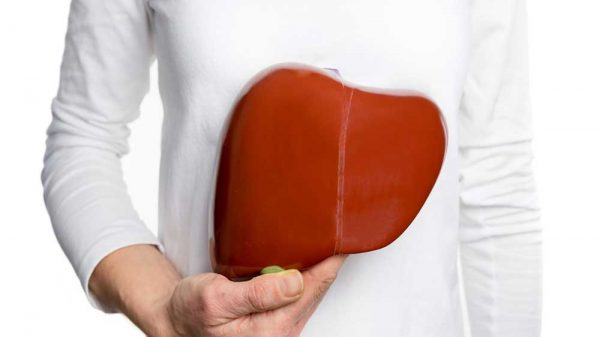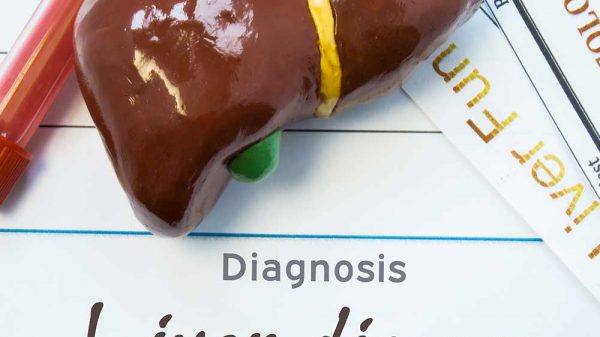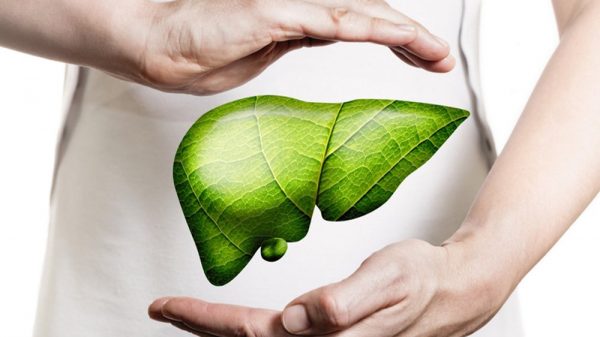What’s the difference between primary sclerosing cholangitis vs primary biliary cirrhosis? These are two kinds of late-stage liver disease. There are various complications that cirrhosis patients can experience. It’s important to know the difference between the kinds of cirrhosis. That includes issues like symptoms, causes, diagnosis, and treatment. This will help to deal with the cirrhosis most effectively. In Stage 3 of liver cirrhosis, various complications start developing. So it’s important to know how the liver, bile ducts, and gallbladder are affected by the different types of cirrhosis. This will affect the symptoms, causes, and treatments of the two kinds of cirrhosis.
There are some similarities and differences between PSC and PBC. For example, while they both involve the bile ducts PSC is due to bile duct inflammation while PBC is mostly linked to bile buildup. The conditions are quite similar since they both involve the liver and bile ducts. However, it’s critical to know the differences in case you’re diagnosed with either of them. In both situations, it’s critical to know what to expect. You should also know how the complications will affect late-stage liver cirrhosis in terms of the function of the liver and bile ducts in particular.
What Exactly Is Cirrhosis?
This is one of the most important issues to take up before comparing PSC and PBC. They both involve different complications but are still late-stage liver disease known as cirrhosis. Cirrhosis of the liver includes major damage to liver tissue.
Liver disease is one of the serious diseases that involve a vital organ. In fact, the liver is the largest solid organ in the human body. Only the skin is larger but it’s not a solid organ. Fun Fact: The liver has 500+ jobs in the human body. You don’t have to know all of them but it’s enough to be aware of the organ’s importance.
That’s why it’s so critical to know about liver disease. There are four stages of this disease: Fatty Liver/Inflammation (Stage 1), Fibrosis (Stage 2), Cirrhosis (Stage 3), and Liver Failure (Stage 4).
Liver cirrhosis itself also has four stages. It starts with minor organ damage. However, it can progress to high blood pressure in the liver veins. Afterward, Stage 3 can involve various complications. This stage is especially critical because it can involve various ones that involve the:
- Abdomen
- Liver
- Spleen
- Brain
- Blood Vessels
- Gallbladder
All of these factors can make it much tougher to deal with cirrhosis. In late-stage cirrhosis, the only “cure” is an organ transplant. So it’s important to slow down damage as much as possible. This will help to reduce liver damage, which is critical to help improve your outlook.
If you enter late-stage cirrhosis you might qualify to get a liver transplant. However, the cost is over $500,000 and you’ll be put on a waiting list. Your ranking is based on a MELD score that’s based on your 3-month outlook.
One alternative to a deceased donor is a live donor. It’s a partial liver transplant that allows the donor’s liver to grow back to full size within weeks.
Primary Sclerosing Cholangitis vs Primary Biliary Cirrhosis: PSC
PSC is a disease that involves the bile ducts. In this case, the ducts become inflamed, which caused them to scar/harden due to the inflammation. This disease slowly becomes worse over time. It can also cause liver disease. Over time the liver can also stop working.
It’s important to note that there’s no “cure” for PSC. However, various treatment options involve reducing symptoms.
When PSC patients are diagnosed they often have inflammatory bowel disease (IBD) including different types that can develop. Scientists aren’t sure why these diseases happen together. More research is needed.
PSC patients also nearly always have liver cirrhosis. Over time they often lose total liver function as the condition worsens. After being diagnosed, the time until a transplant is up to 18 years later.
Bile duct infections are also common with this disease. That’s because of the bile ducts’ scarring. There are also other kinds of complications including colon cancer and bile duct cancer. It’s important to talk to your doctor about these complications.
The treatments for PSC include drugs that bind bile acid and “antihistamines,” which are allergy medicines. There are also various antibiotics and dietary supplements that are prescribed to treat infections.
There are also surgical procedures that are sometimes done to treat the disease. They include plastic “stents” and “catheter” devices. Sometimes the surgeon will also remove a total blockage. These are some of the most common treatments that are available for PSC.
It’s important to talk to your doctor about the best options in terms of treating PSC. This is especially related to factors like its effects on the bile duct, liver, etc.
For example, if you want to take a holistic (whole-body) approach then the doctor will suggest dietary supplements instead of prescription medicines. This can help you avoid the side-effects of artificial ingredients.
Primary Sclerosing Cholangitis vs Primary Biliary Cirrhosis: PBC
This is another common type of cirrhosis that patients of late-stage liver disease can experience. This is a particular liver disease that involves bile buildup in the liver. It causes damage to the bile ducts that drain away bile from a patient’s liver. Then as time passes the pressure buildup causes bile ducts to get destroyed.
This results in damage to liver cells. When the PBC becomes serious enough and several liver cells die, this results in cirrhosis. Over time this can also lead to liver failure, and the only cure is a liver transplant at that point.
Scientists aren’t certain what causes PBC. It’s probably an autoimmune disease. This causes a person’s immune system to attack healthy cells instead of dangerous ones. In this particular case, the bile ducts get attacked/destroyed.
Various factors can affect PBC diagnosis. They include ones like genetics and gender. Patients are diagnosed when doctors believe there’s liver inflammation. This diagnosis is made after various tests like AST, ALT, and GGT are run.
These tests check the levels of various substances in the blood. For example, if the liver isn’t functioning properly then the liver is unable to get rid of certain substances. This causes a buildup in the blood as a result.
Like late-stage cirrhosis, the only real cure for PBC is a liver transplant. This the last option after other treatments didn’t work and the patient is experiencing liver failure.
The treatments involve various prescription medicines including UDCA and Actigal. These substances boost the liver’s movement of bile into the gallbladder/intestine. The doctor might also prescribe medicines to suppress the immune system.
Since there are various treatment options it’s important to talk to your doctor. He/She can suggest certain ones based on your situation for either primary sclerosing cholangitis vs primary biliary cirrhosis























